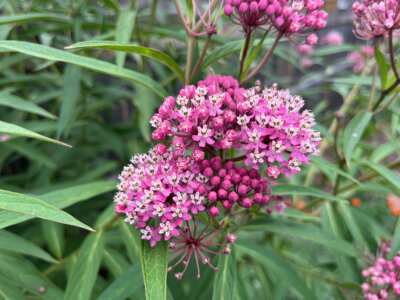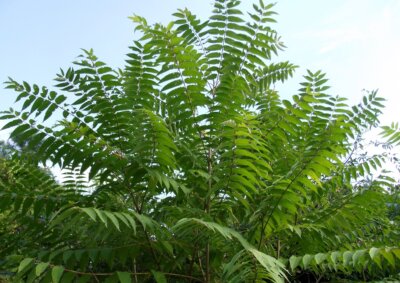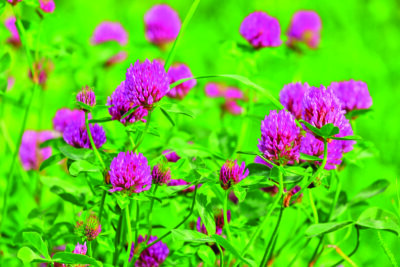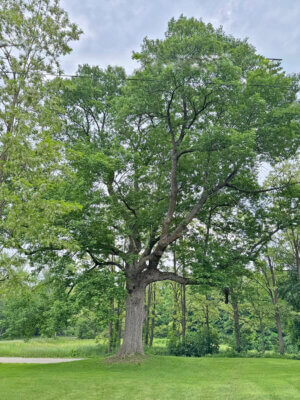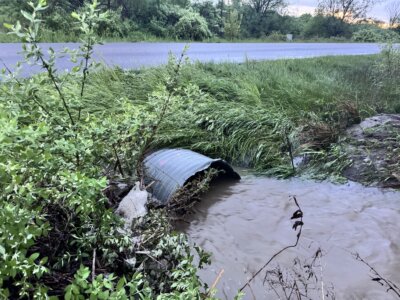Putting the garden to bed
This year, in late November, we are still enjoying the colors of autumn and the last treats from the vegetable garden. This is uncharacteristically late even for the Champlain Valley. Not complaining, as it allows a bit of extra time for the fall chores. With my helpers (needed at an advanced age), we are getting the job done. It’s satisfying to be tucked in and know that we’ll be clear for the springtime emerging of ephemerals and bulbs.

Speaking of bulbs, there is still time to plant tulips, alliums, daffodils, camassias, and minor bulbs of all sorts. Garlic can be planted now, too! Peonies also! It may seem like a bother, but nothing delights me more than anxiously awaiting the nubs of fresh foliage several months from now. This is especially true when your memory fails you and you can’t remember exactly what you planted where. The rodents also rearrange the tinier offerings. You never know just where they will pop up. After a very long dark winter, this is a treat.
And while we’re on bulbs, it’s time now to lift summer tender bulbs. Dahlia tubers should be dug and stored. Don’t wash, but pack in paper bags or boxes. If available, apply some sphagnum moss or such to enclose the tubers. If you think of it, over the winter try a light spritz to hydrate, but not much. I don’t break apart the tuber clusters till spring. Other tender summer bulbs are gladiolas, eucomis (pineapple lily), zantedeschia (calla lily), caladiums, peacock lilies and elephant ears. Store in similar fashion and be sure to label, especially for cultivars.
Cleanup of garden beds is a point of much discussion among horticulturalists. It would be okay to leave spent foliage and fallen leaves where they are. However, come spring, a huge chore awaits. Also, there is the possibility of smothering treasured plants or harboring the wrong sort of wildlife. Choices must be made. I do something halfway—the majority of leaves are cleaned up. Since I don’t do it myself anymore, I have to leave the process to paid helpers. If I were still in my prime, I would chop some leaves and use the “leaf mulch” to protect the precious soil and the most tender of herbals. It’s free mulch and soon-to-be compost.
Clipping of perennials is a science all its own. Some seeds are left to feed wildlife—and birds in particular. These might be rudbeckia (brown-eyed Susan) and echinacea (cone flowers). Rose hips are a favored treat for some. It might be the birds’ last meal before the journey south. And others are left to fall in place. In my case, I would leave orange annual poppies, verbena bonariensis, feverfew, lobelia cardinalis (but not blue lobelia or phlox). The reason for editing blue lobelia is that the thousands of tiny seeds are too much, and it becomes a one-note garden soon. Enough fall to the ground anyway to keep it going. The scarlet lobelia doesn’t seem to have this tendency. Various loosestrifes are also prone to want to take over. The yellow lysimachia has to be carefully watched. Divide or edit to keep in bounds. Gooseneck lysimachia is a treat for bouquets and as a garden ornamental, but also can be a thug. Oenothera (evening primrose) spreads by runners and is easy to edit with a simple tug. A similar grower is physotegia (obedient plant). All of these are clipped to about two inches. A small cluster of fallen leaves will appear to protect the crowns. Some insects overwinter in stems or clusters of grasses. Many are pollinators and should be honored with a shelter.
Trying to explain all the various clipping patterns to assistants is a lesson in itself. Neatness isn’t our only aim here. Sometimes we must have courage and clip away something beautiful. Other times we must leave a not-particularly-lovely remnant for its value to the garden or wildlife. Time and experience show us which path to take.
Other chores related to the garden, but not gardening per se, are storing furniture, garden objects, and hoses, and turning off water sources. Don’t forget to bring out those bird feeders and lay in a supply of seeds, peanuts and dried fruits. You might want to switch over this coming week from mums and pumpkins to greens and berries and twinkling lights.
Enjoy the wonderful weeks of holidays to come.
Related Stories
Popular Stories
If you enjoy The Charlotte News, please consider making a donation. Your gift will help us produce more stories like this. The majority of our budget comes from charitable contributions. Your gift helps sustain The Charlotte News, keeping it a free service for everyone in town. Thank you.
Andrew Zehner, Board Chair



